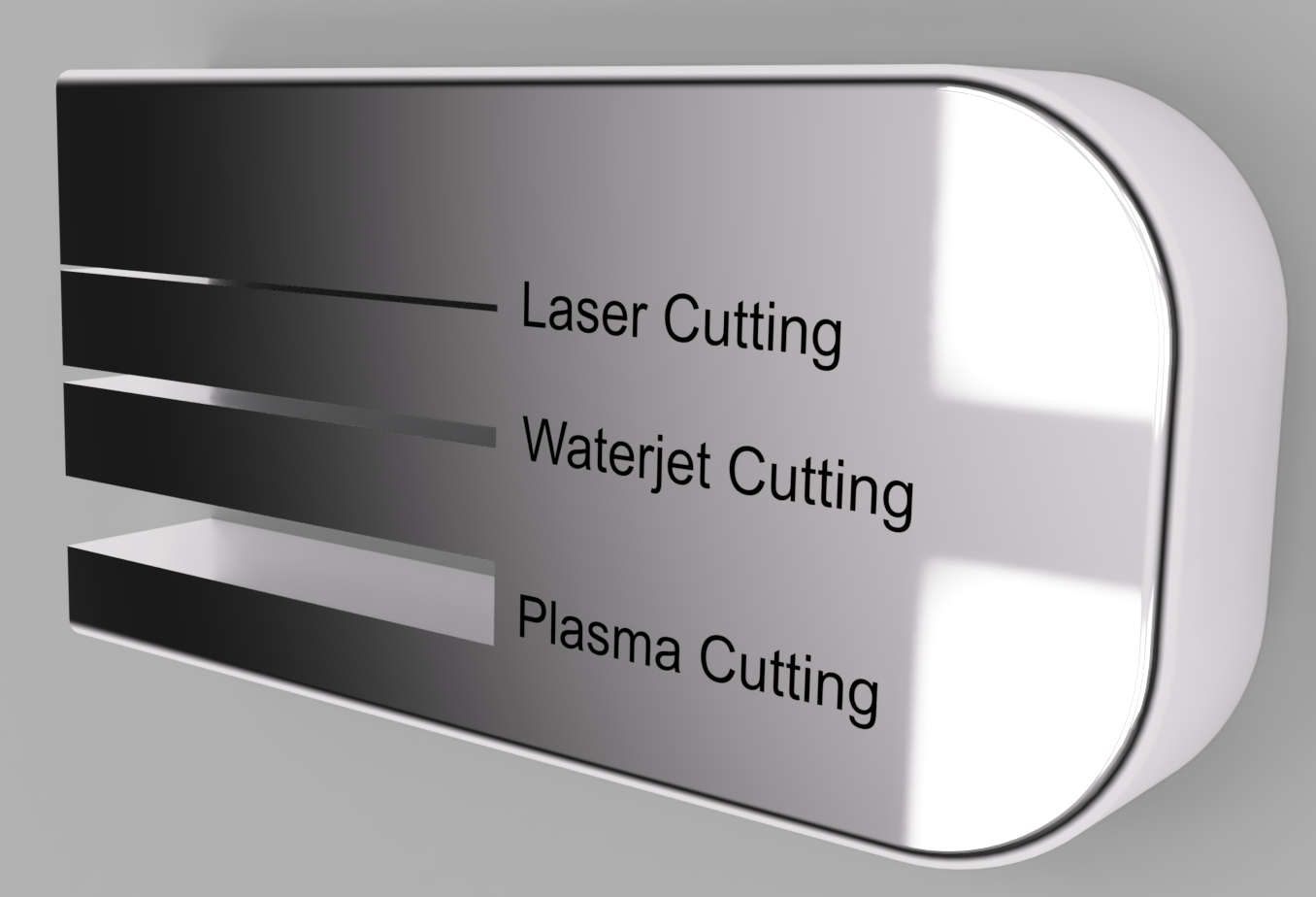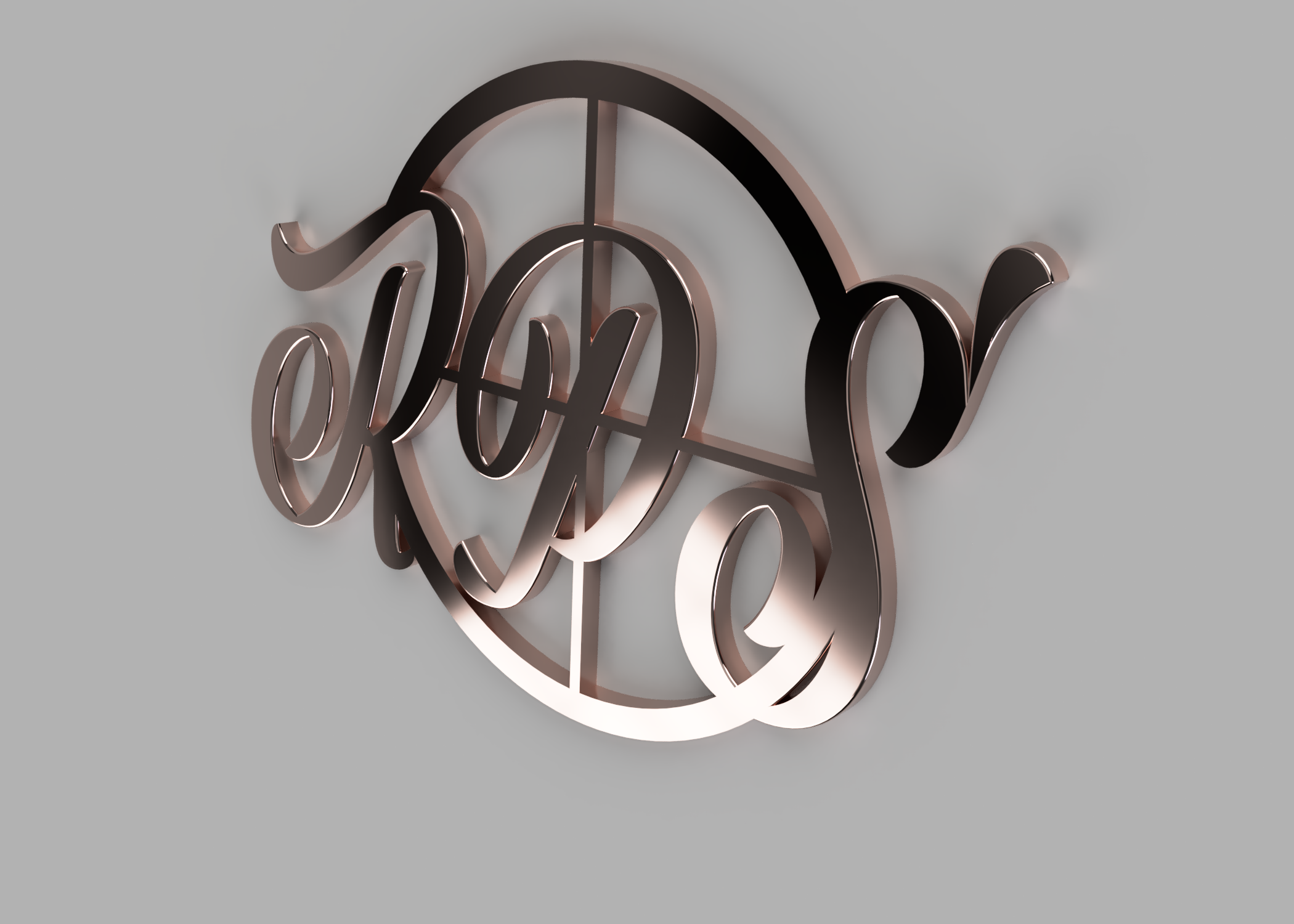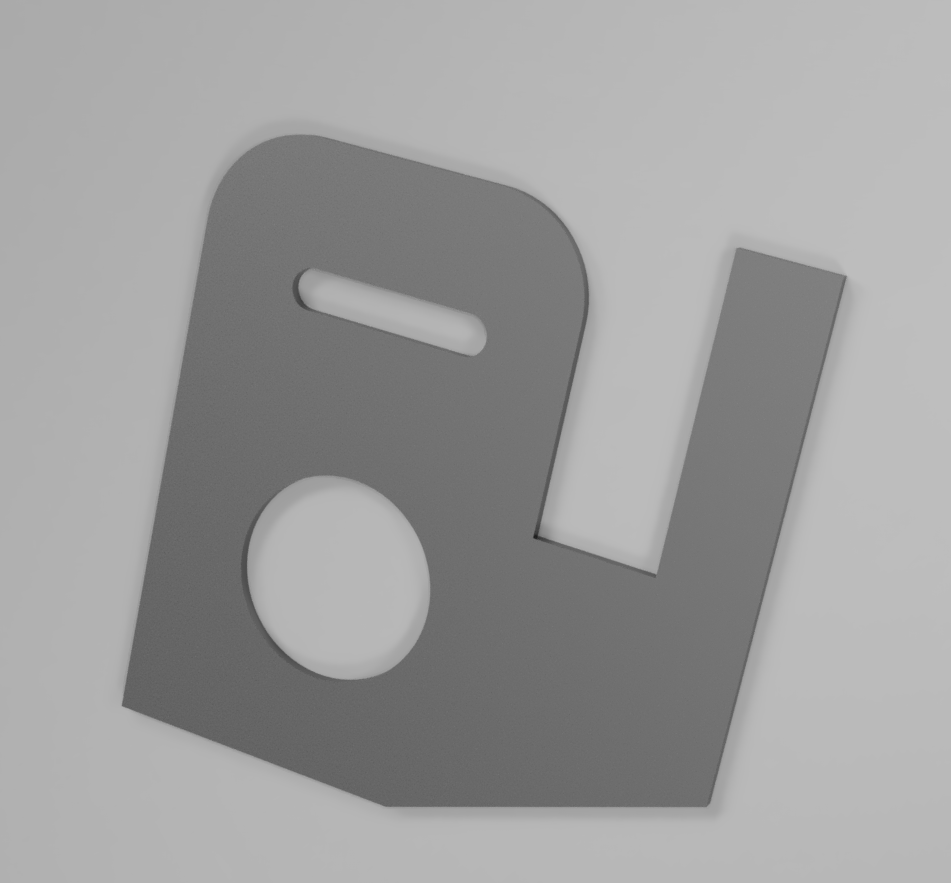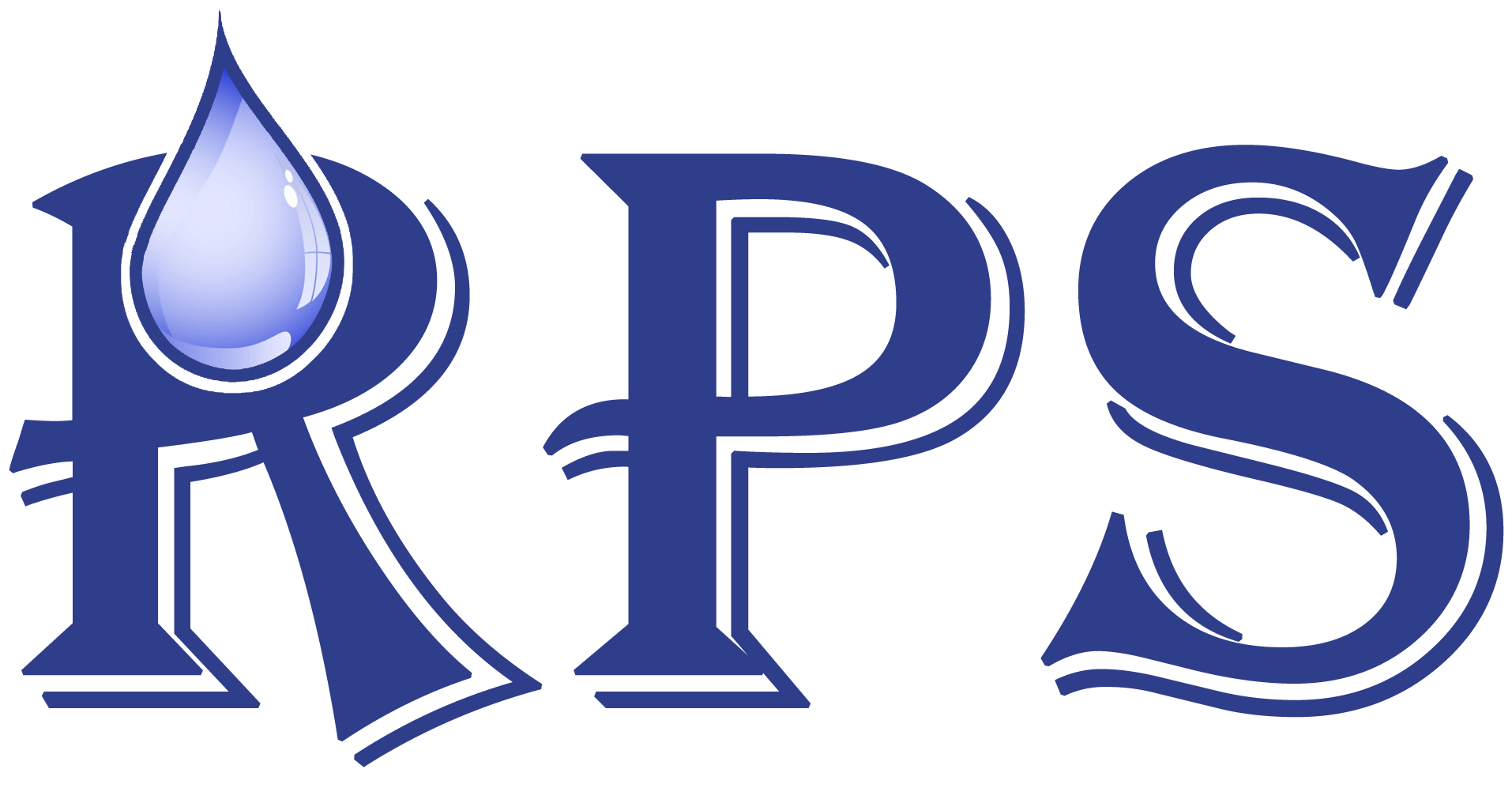Plasma or Waterjet?
Deciding on whether to have your profiles cut by Plasma or Waterjet and getting the right balance between cost and quality can be difficult. The guide on this page is designed to give you a little more information and hopefully make choosing the correct cutting method for you a little easier….
It all comes down to fine lines (literally)
Maybe the first thing we need to consider to understand the cut quality a bit better is touching briefly on the kerf widths for each method. This image gives a visual indication of the amount of material removed by the cutting process for each type of machine, known as the KERF. As you can see the finest cut is the laser profile, followed closely by the waterjet and finally the plasma. This is what you need to keep in mind when choosing a cutting method for your profile. Lets say you have something intricate to profile, then choosing a laser or waterjet would be the way to go – due to the fine kerf width. If you have a profile which is a simple shape with little fine details then its plasma all the way.
Obviously it still completely depends on what you need to cut, how big it is and the material you want to use. If you’re still unsure about which method would be best for you then get in touch and we can help.


lets do a quick test..
As a rough guide to give you an idea on how the profile might look using either plasma or waterjet cutting, we’ve taken a set of identical samples and cut them using both methods. Now, understandably there are a gazillion different profiles out there and some will react in different ways – some will cut better being larger or with a different thickness material – but if you just take this as a guide you’ll hopefully have a better idea of not only how you’re profile will look but also the useability of the material afterwards. One other thing to keep in mind is what you will be intending to use the profile for, whether its for a secondary operation like welding or whether you want the profile to be the finished article like a manufacturing component or something artistic like a sign etc.
Our first sample profile
The RPS test. This profile contains straight lines, curves and a little bit of art. A varied mix of shapes and a decent test to see how each process copes. The profile is 300x300mm and is cut from 5mm mild steel.


Plasma cut
As a rough guide to give you an idea on how the profile might look using either plasma or waterjet cutting, we’ve taken a set of identical samples and cut them using both methods. Now, understandably there are a gazillion different profiles out there and some will react in different ways – some will cut better being larger or with a different thickness material – but if you just take this as a guide you’ll hopefully have a better idea of not only how you’re profile will look but also the useability of the material afterwards. One other thing to keep in mind is what you will be intending to use the profile for, whether its for a secondary operation like welding or whether you want the profile to be the finished article like a manufacturing component or something artistic like a sign etc.

waterjet cut
As a rough guide to give you an idea on how the profile might look using either plasma or waterjet cutting, we’ve taken a set of identical samples and cut them using both methods. Now, understandably there are a gazillion different profiles out there and some will react in different ways – some will cut better being larger or with a different thickness material – but if you just take this as a guide you’ll hopefully have a better idea of not only how you’re profile will look but also the useability of the material afterwards. One other thing to keep in mind is what you will be intending to use the profile for, whether its for a secondary operation like welding or whether you want the profile to be the finished article like a manufacturing component or something artistic like a sign etc.
Our second sample profile
A more traditional profile you’re more likely to come across in the manufacturing and fabrication industry. A simple shape with little detail. The profile is 300x300mm and is cut from 5mm mild steel.


plasma cut
As a rough guide to give you an idea on how the profile might look using either plasma or waterjet cutting, we’ve taken a set of identical samples and cut them using both methods. Now, understandably there are a gazillion different profiles out there and some will react in different ways – some will cut better being larger or with a different thickness material – but if you just take this as a guide you’ll hopefully have a better idea of not only how you’re profile will look but also the useability of the material afterwards. One other thing to keep in mind is what you will be intending to use the profile for, whether its for a secondary operation like welding or whether you want the profile to be the finished article like a manufacturing component or something artistic like a sign etc.

plasma cut
As a rough guide to give you an idea on how the profile might look using either plasma or waterjet cutting, we’ve taken a set of identical samples and cut them using both methods. Now, understandably there are a gazillion different profiles out there and some will react in different ways – some will cut better being larger or with a different thickness material – but if you just take this as a guide you’ll hopefully have a better idea of not only how you’re profile will look but also the useability of the material afterwards. One other thing to keep in mind is what you will be intending to use the profile for, whether its for a secondary operation like welding or whether you want the profile to be the finished article like a manufacturing component or something artistic like a sign etc.
So what does this test actually show us?
Maybe the first thing we need to consider to understand the cut quality a bit better is touching briefly on the kerf widths for each method. This image gives a visual indication of the amount of material removed by the cutting process for each type of machine, known as the KERF. As you can see the finest cut is the laser profile, followed closely by the waterjet and finally the plasma. This is what you need to keep in mind when choosing a cutting method for your profile. Lets say you have something intricate to profile, then choosing a laser or waterjet would be the way to go – due to the fine kerf width. If you have a profile which is a simple shape with little fine details then its plasma all the way.
Obviously it still completely depends on what you need to cut, how big it is and the material you want to use. If you’re still unsure about which method would be best for you then get in touch and we can help.

For Plasma cutting click here
For Waterjet cutting click here
